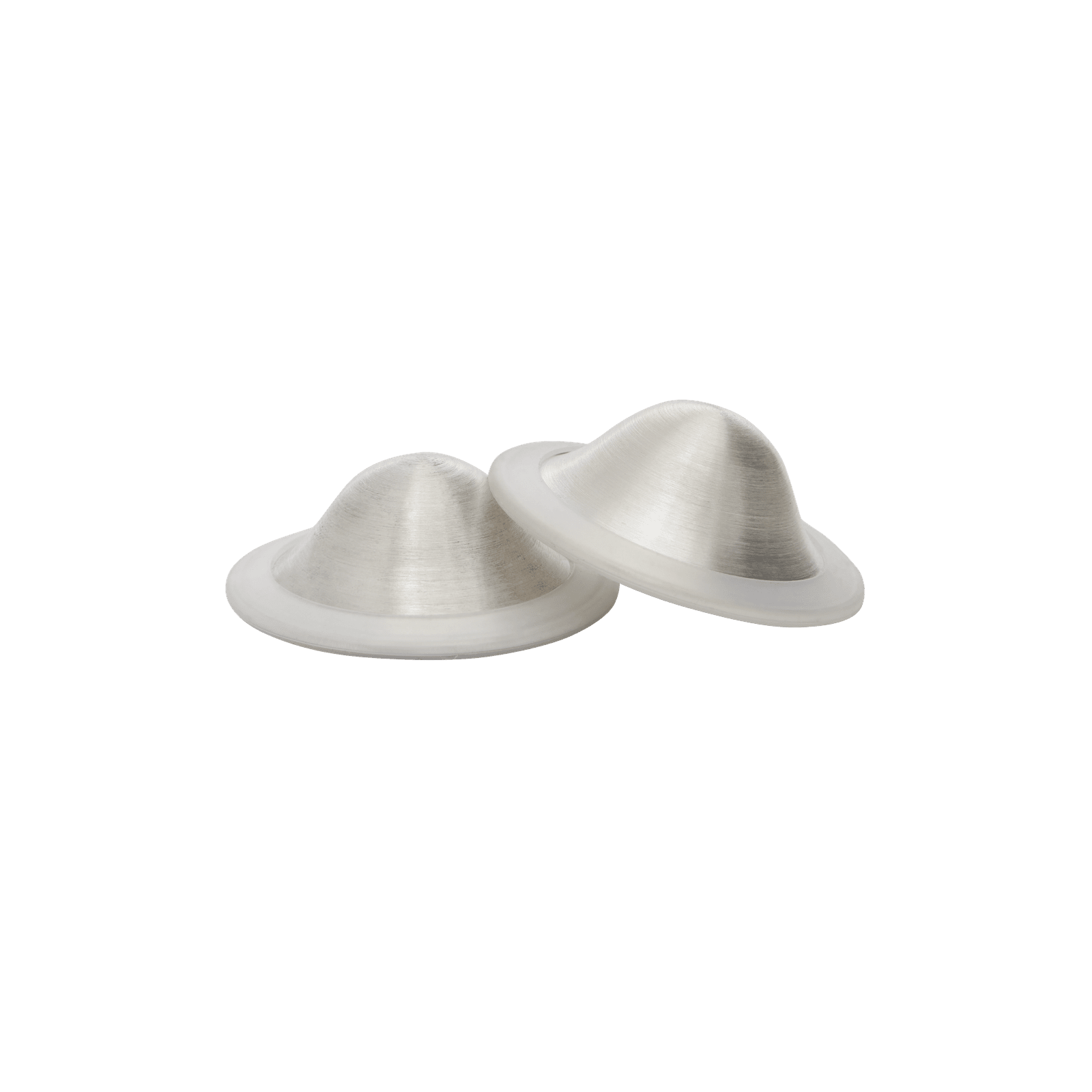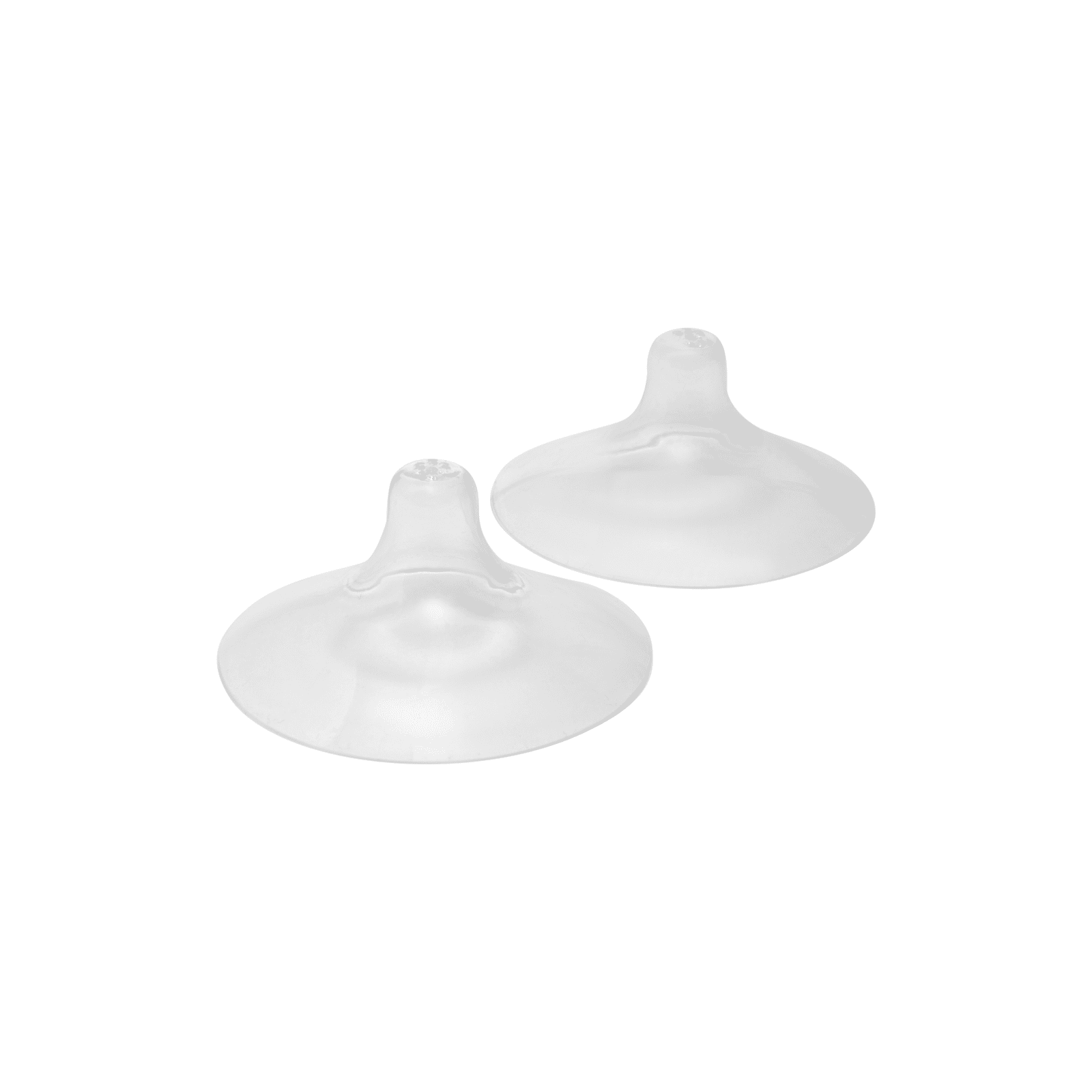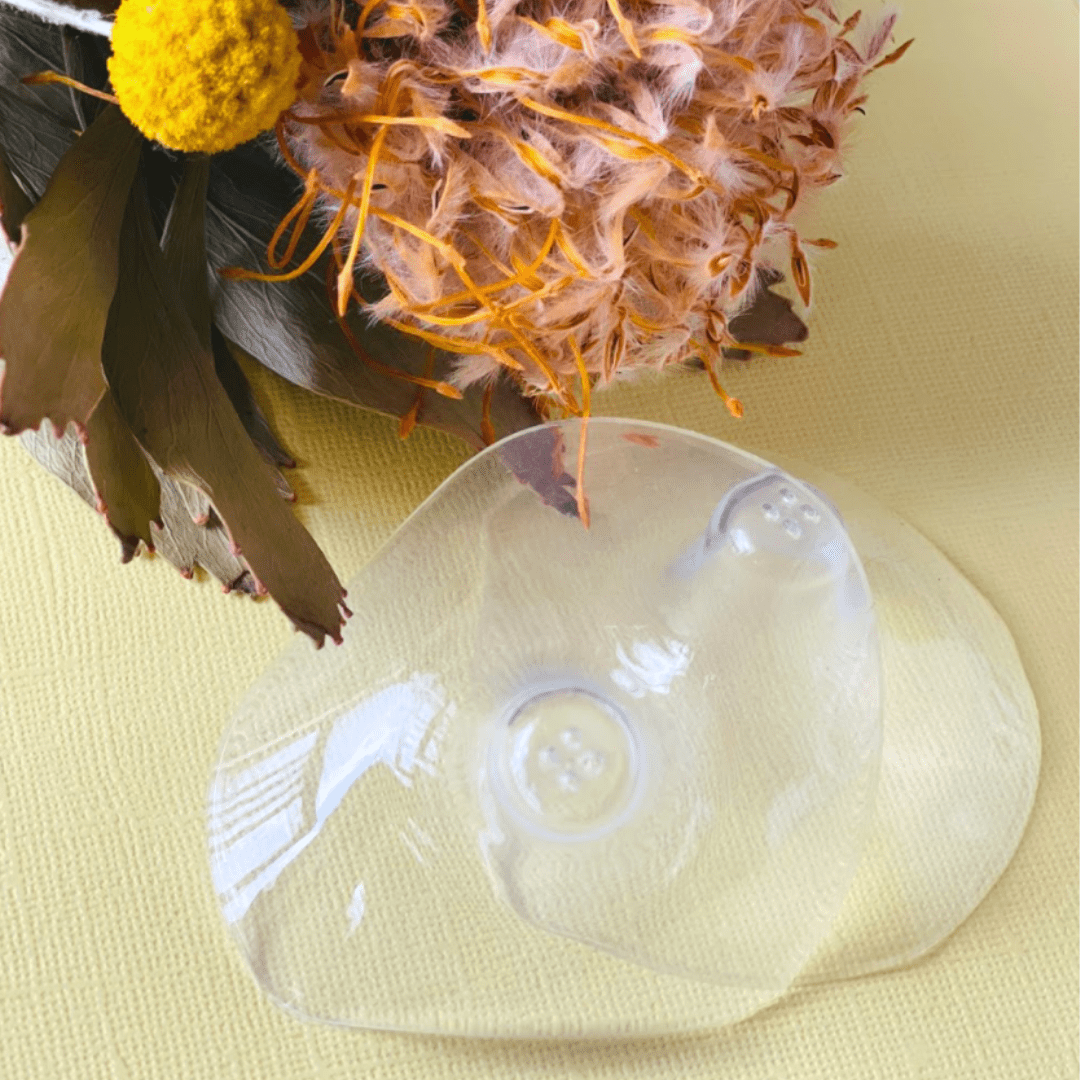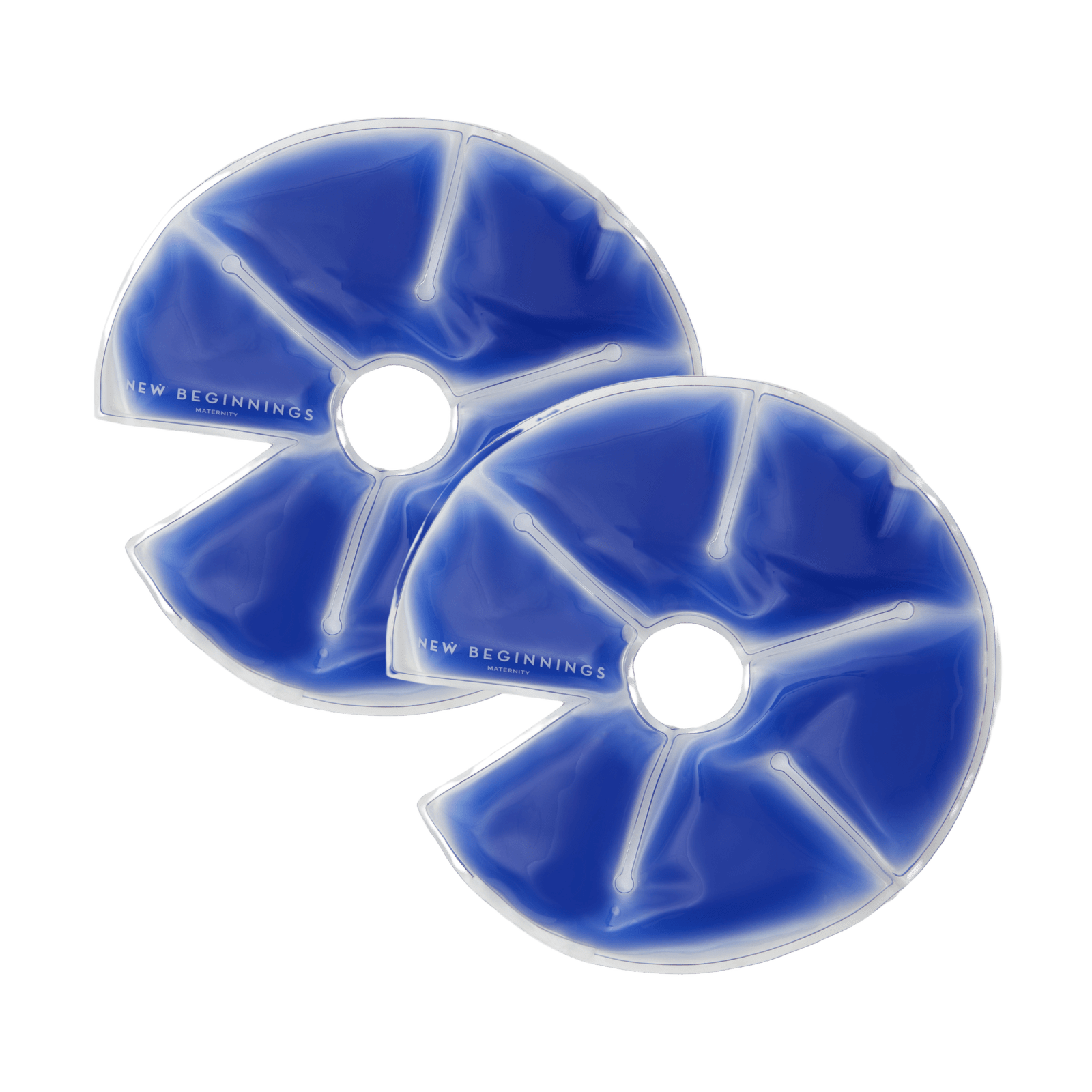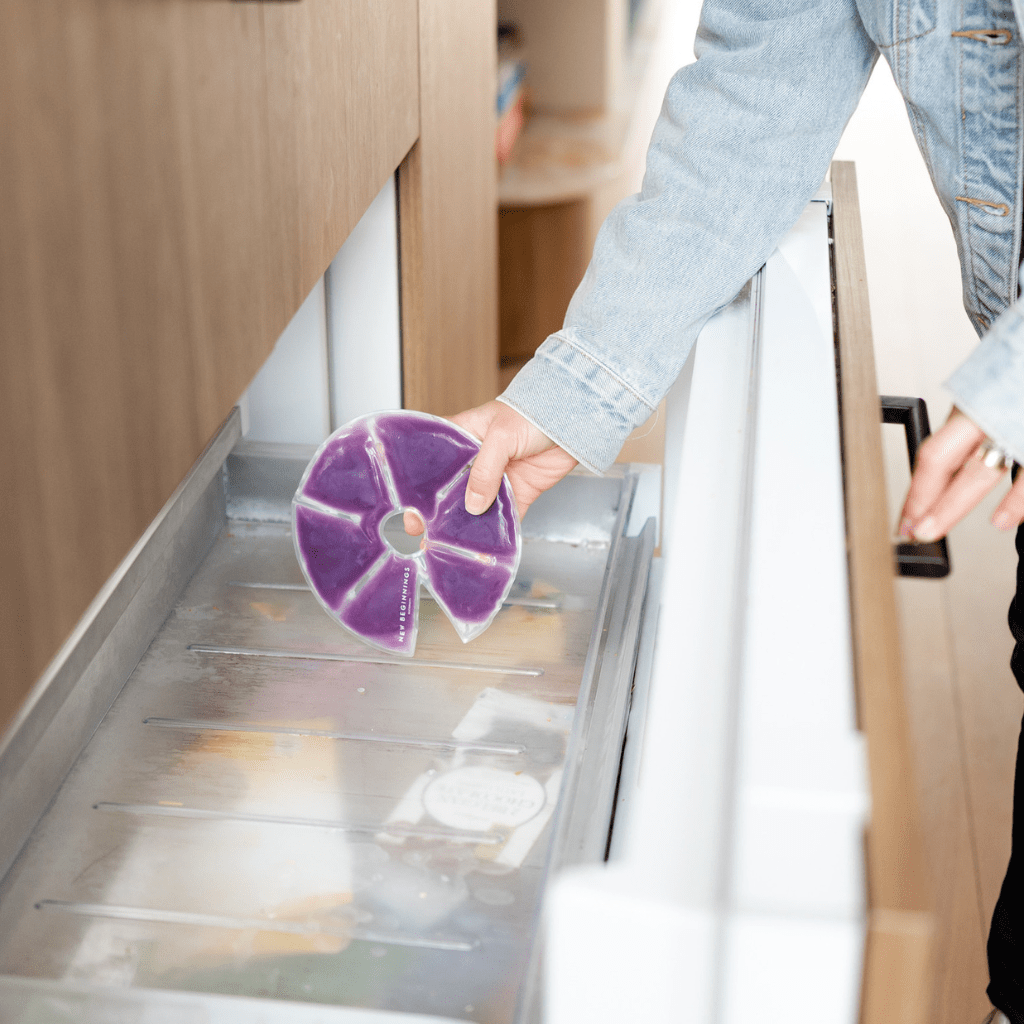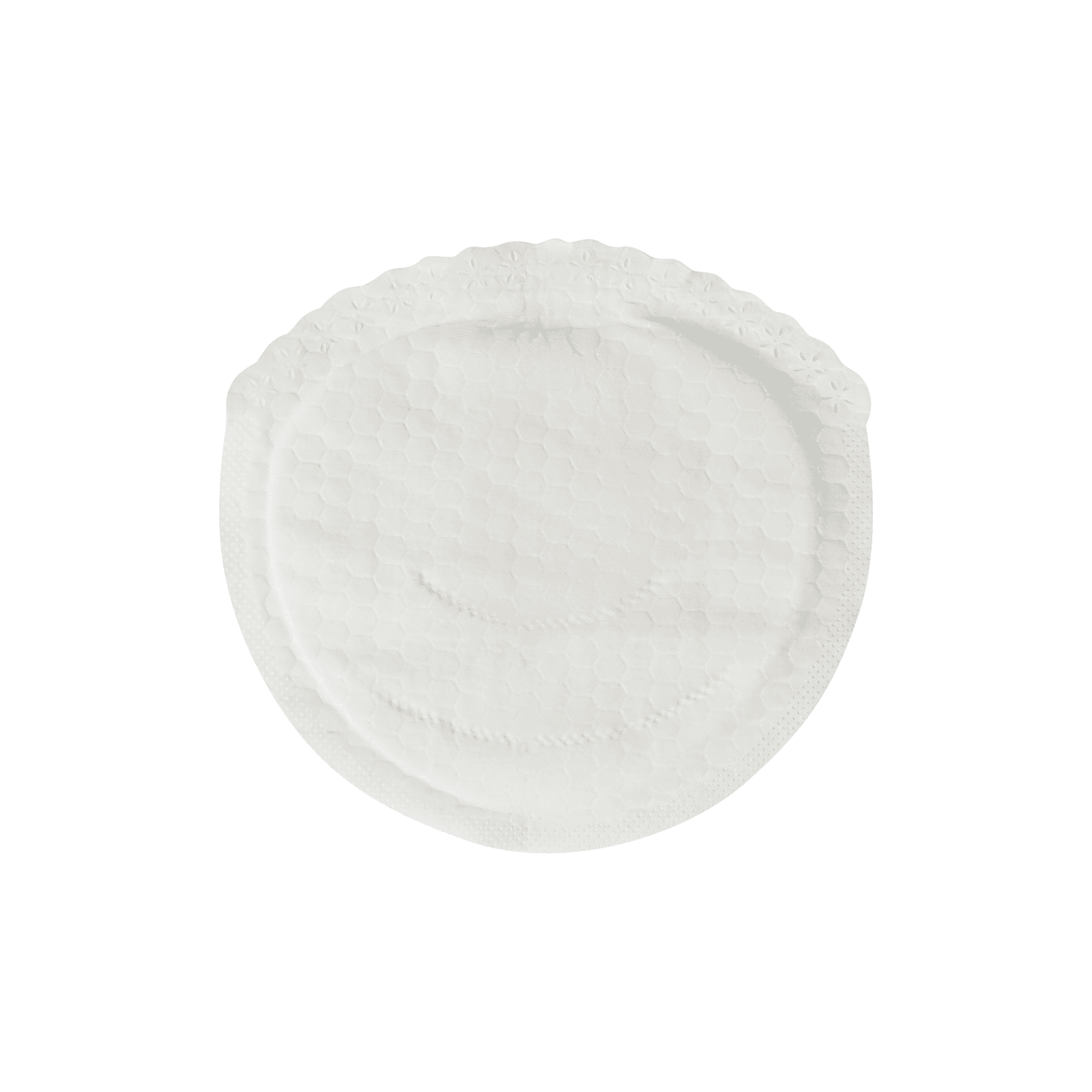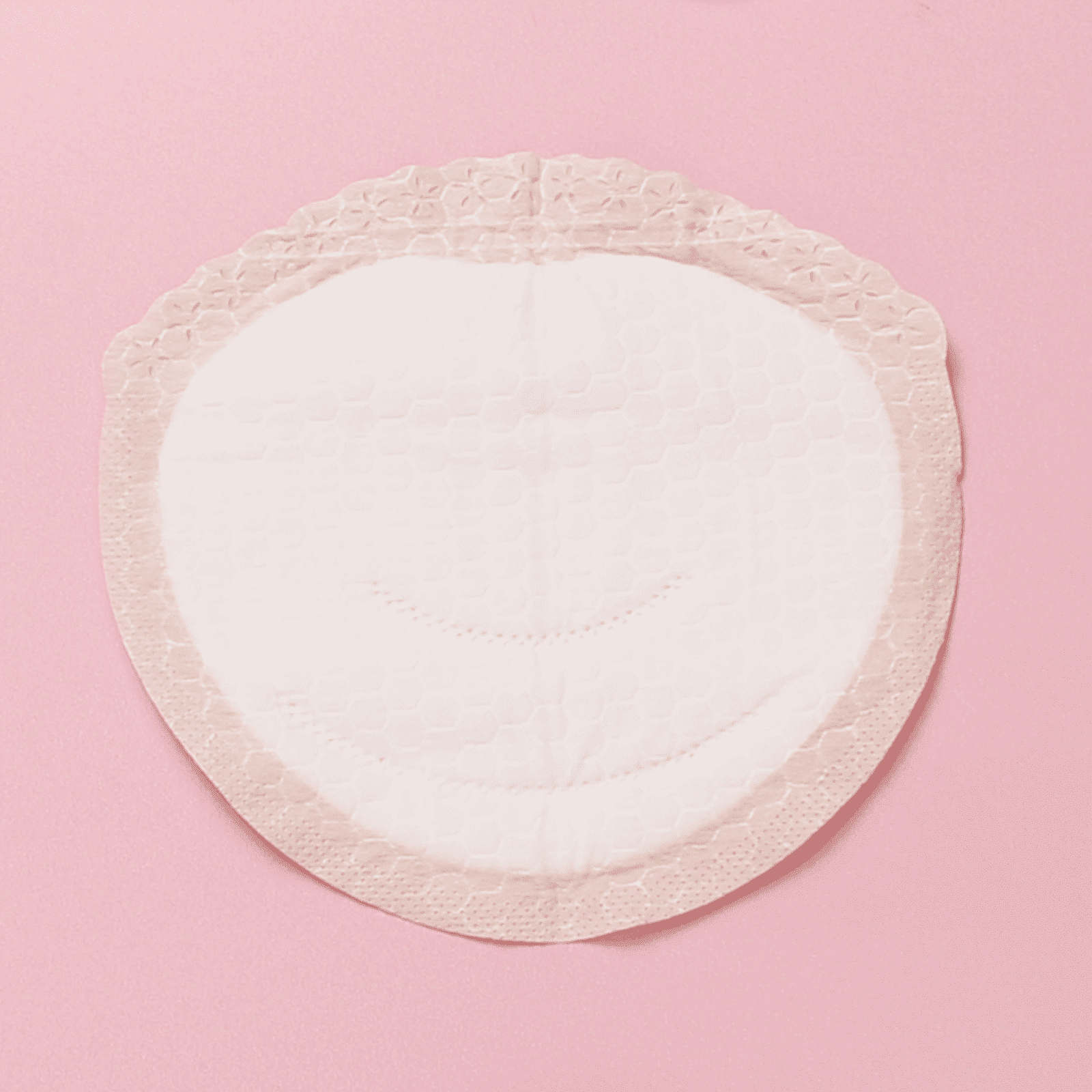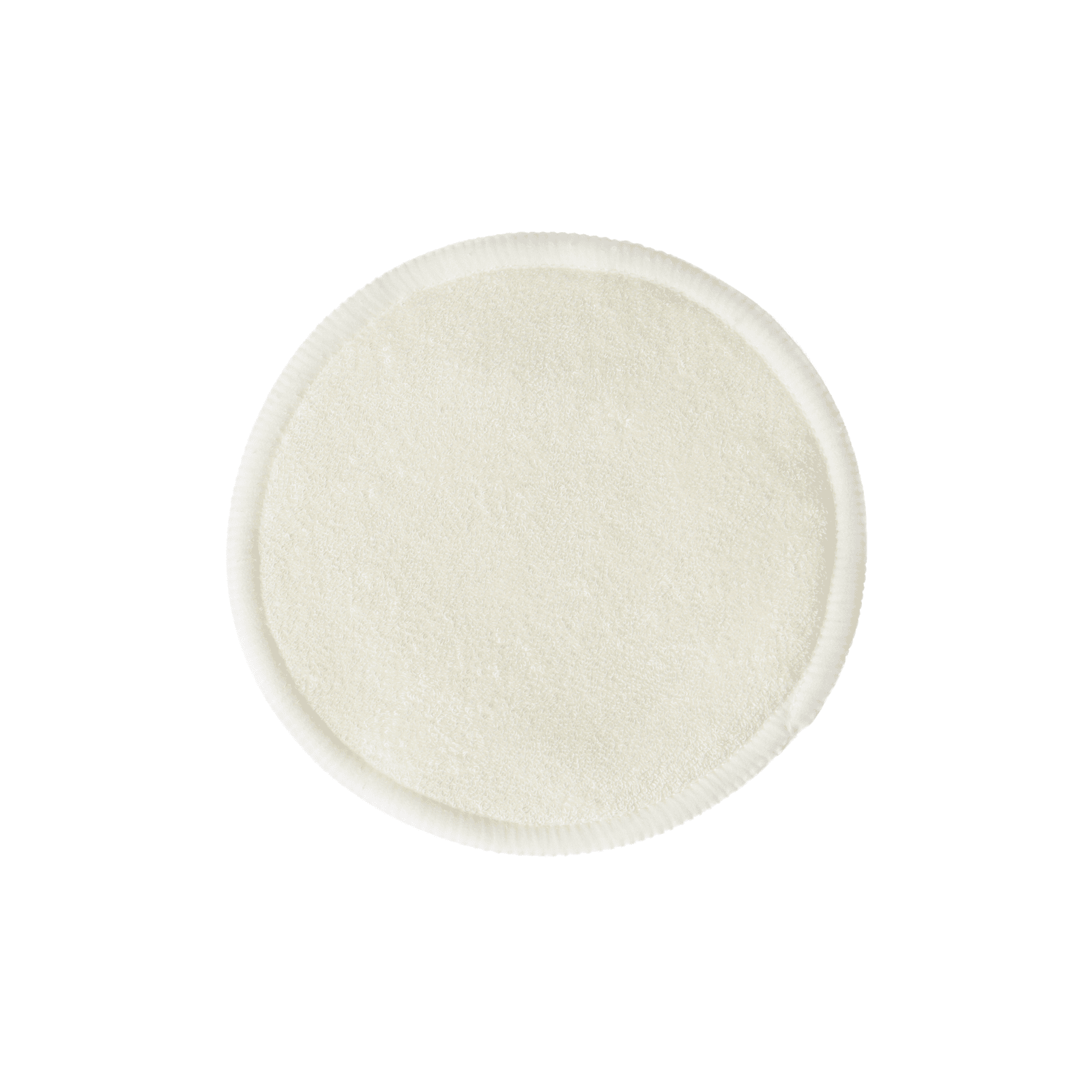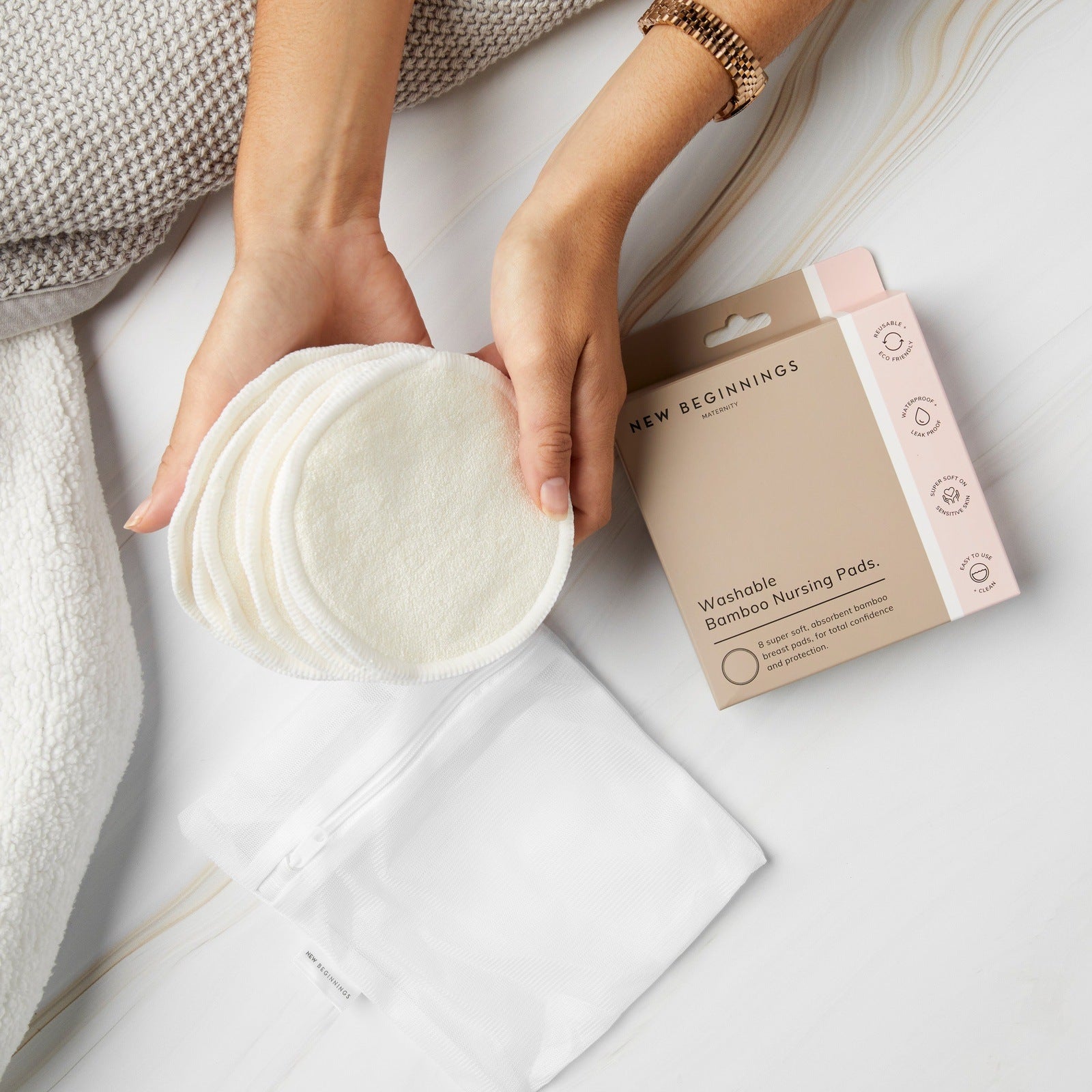
Welcome to our very first Boogle Blog. A series of posts that tackle the weird and wonderful topics that parent’s search on Google.
Each month we’ll cover a new topic, and look at ways we can help you along your journey.
Today’s search topic is: Will my areolas go back to normal size?
From boobs, to baby feeders. What happens to our breasts during pregnancy?
When it comes to pregnancy, it isn’t just our bellies that grow and change. Along with our appetite, and some questionable hair growth, our breasts take on a whole new look and role.
But why do our breasts change so much? And will they ever ‘bounce back’?
Hello hormones.
As women, our bodies are pretty remarkable. And while most months we may whine about our hormones, during pregnancy they play a major role in making sure that everything runs smoothly.
Estrogen and progesterone are the main culprits for many of the changes our breasts experience.
Estrogen stimulates breast duct cells that generate prolactin (another nifty hormone) that stimulates breast enlargement and milk production.
While progesterone supports the formation and growth of milk-producing cells within the glands of the breasts.
All of these hormones are to thank (or blame) for our new sized breasts and areolas!
Size, colour and shape.
Before pregnancy you may have been one of those people with petite areolas that weren’t that noticeable and minded their own business. If so, this might be a big change for you. If you’ve always had large ones, you might not see a lot of difference.
The size of the areola during pregnancy can typically range from 1 to 2 inches in diameter. And in some cases, they can claim their own postcode! But don’t worry, this is totally normal.
The shape of the areola can also be round or oval and come in a range of different shades of red, pink or brown.
What’s important to remember is that everyone is different and every areola, big or small, red or brown is perfect for the job of feeding your baby.
Breastfeeding. The good, the bad, the areola.
Breastfeeding is when your areolas play a starring role. Their job is to attract your baby’s eyes so they know where to latch and feed. They can also be the main target for abrasion or other tissue irritation if your baby isn’t latching correctly.
The trick is to try and get your nipple and about an inch of the surrounding areola in your baby’s mouth, that way they aren’t just sucking on your nipple, causing your skin to crack and bleed. For Breastfeeding support, we recommend trying our Nipple Shields. These are the perfect solution for sore nipples.
And while it’s pretty normal to experience some pain and discomfort when you’re just starting out, if it continues, you may want to consult with a lactation nurse to help coach you through it.
To help in those early days (and beyond), we recommend using Aqua Gel Breast Pads. These breast-saving cooling pads provide instant relief from any tenderness, and gently protects your nipples so you can get back to breastfeeding sooner.
You should also add Breast Care Hot+Cold Packs to your shopping list. These provide both heat and cooling therapy to your breasts during breastfeeding and encourage expressing, healthy let down as well as preventing engorgement and mastitis. And the best bit? They change colour when it’s time to reheat them or pop them back in the freezer! Genius!
If after all of that cooling and comfort, you’re still experiencing pain, we recommend consulting your doctor or dermatologist.
Will your breasts ever be the same?

This is one of those questions that most mums ask. And while we’d love to say yes, you need to remember that you’ve just had a baby and your new body has new breasts. And they are still spectacular, just different.
The good news is that once breastfeeding has ended, the Montgomery glands usually shrink back down, and the texture of the areola returns to its pre-pregnancy state.
One thing we do recommend is getting yourself a supportive bra to help prevent sagging. Our Everyday Maternity Bra gently moulds to your body, providing ultimate support with UGrow™ technology. This means that your bra will grow and change as you do, leaving you with the perfect fit, always.
So while we can’t promise that all breasts will have a comeback, knowing why they change in appearance can make us love them even more.
Looking for more information about breastfeeding and the other changes in your body? Read our comprehensive guide to avoiding Mastitis post-birth.
If you’re finding yourself Googling everything from boobs and bums to bubs and bibs, visit our New Beginnings website, where you’ll find a range of helpful articles, products and tips for navigating this new chapter of your life - mummahood.




